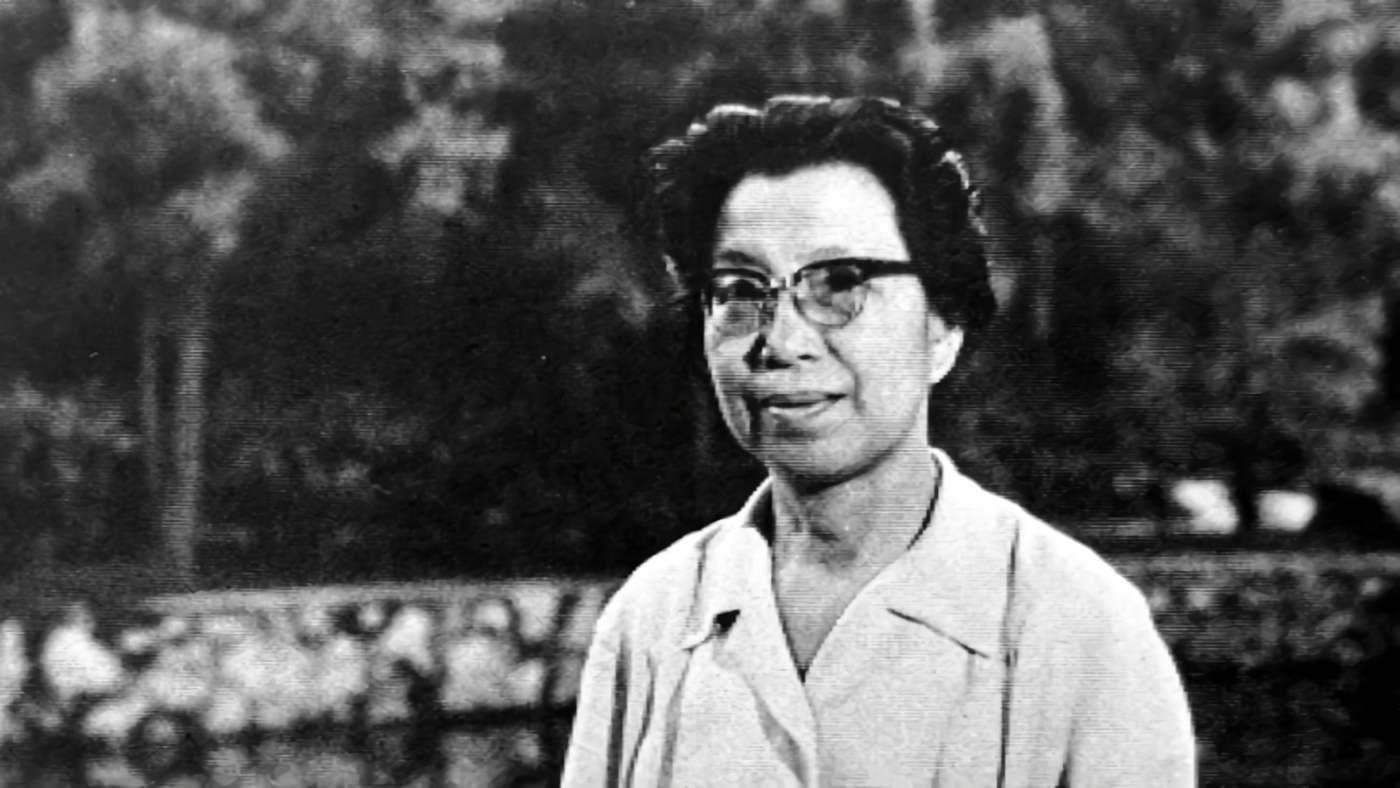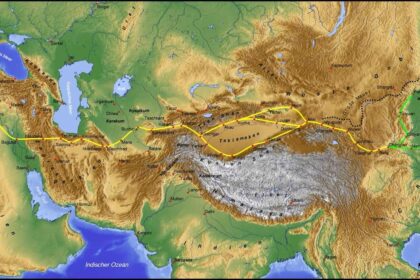Let’s have a look at the starting and finishing periods of the Great Wall of China, the reasons to build this enormous construction, and the mastermind behind the project, the first Emperor of China, Shi Huangdi. For a long time, it was believed that the Great Wall was built to protect the Chinese Empire from the threat of neighboring tribes. However, there was no threat from the northern tribes to the Qin Empire during the period when the wall was built. Because the Jung and Ti tribes, who rained fire from the 12th century BC to the 3rd century, were already scattered at the time.
Why was the Great Wall of China made?
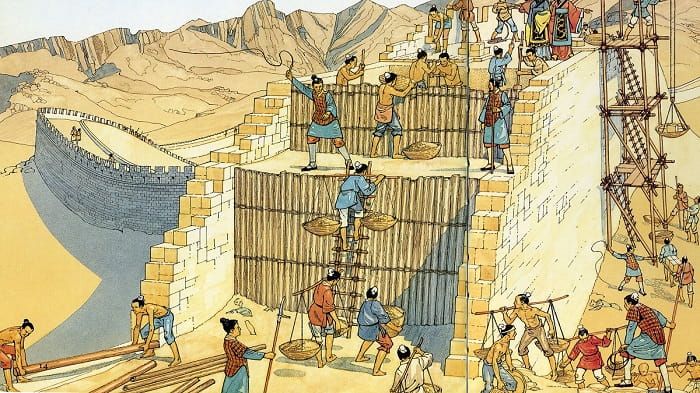
The Eastern Huns, which the Chinese called Hsiung-nu, entered the territory of China, but Meng Tian’s army managed to drive them from the Ordos region. The wall would provide confidence against future attacks, but for human life, its cost was too high for a structure that is not urgently needed. The idea of building a wall might have been due to Shi Huangdi’s obsession with security and his passion for ambitious projects. The entourage also supported this for more realistic reasons; the construction was, after all, in a very convenient place to send troublemakers away.
The construction of the Great Wall provided jobs for thousands of soldiers who were demobilized after the establishment of the Empire, which ended the interstate war. Also, after the wall was finished, soldiers had to be deployed along the walls, which meant that most of the army would be away from the capital. The wall was drawing a solid line between its lands and nomadic peoples. It was also an obstacle for those who might intend to escape from the Chinese Empire. The wall was not built only to ward off neighboring tribes; it was also to keep the Chinese inside.
China’s first Emperor Shi Huangdi
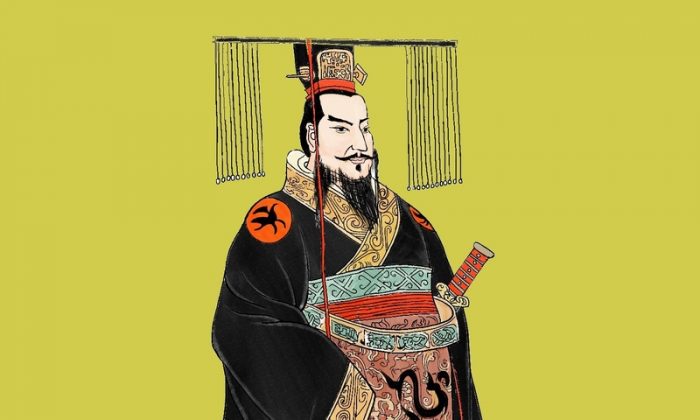
The first known rulers of Chinese civilization were the Shang dynasty. This dynasty was defeated by a federation of states in the 12th century BC, and then the Zhou dynasty was established in North China. After some time, new problems emerged between the states that formed the union, and they started to fight each other. In 256 BC, the soldiers of the Qin State broke into the capital and ended the so-called reign of the last Zhou king.
The Qin armies spread across China, killing countless people in the provinces they defeated. These tactics enabled smaller states to surrender without much resistance. In 246 BC, a 13-year-old boy named Cheng succeeded to the throne of Qin. He continued his ancestors’ policy of conquering other states, and exactly 25 years after he came to power, he put all the states under the rule of Qin. Thus, the ruler of Qin Cheng became the first emperor of all of China at the age of 38 in 221 BC, and changed his name to Shi Huangdi, the “First Emperor.”
When was the Qin Dynasty overthrown?
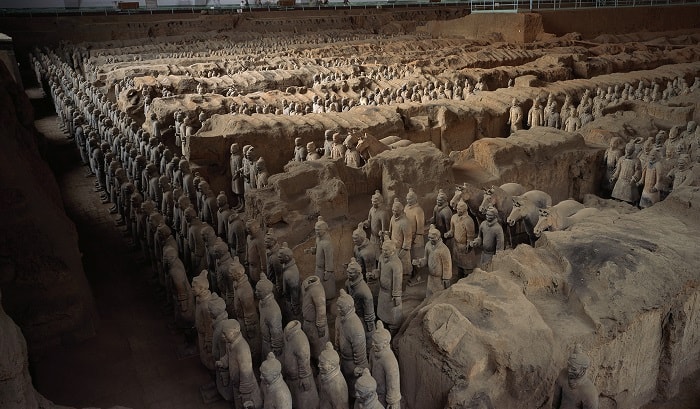
Shi Huangdi died in 210 BC during a trip to the Eastern Provinces. While on his deathbed, the Majordomo asked Zhao Gao to write a letter to his eldest son, Fu Su, who was working on the construction of the Great Wall of China. In the letter, the young man was asked to go to the capital with his father’s funeral procession, which suggests that he will take over as king.
But before the letter was sent, Shi Huangdi died, and a series of intrigues and deceptions began among his successors. His advisor Li Si decided to hide his death until the emperor’s funeral was taken to the capital and the monarch was replaced. Meanwhile, instead of sending the letter to Fu Su, Zhao Gao gave it to the other son, Hu Hai. Zhao Gao cooperated with Hu Hai and offered him the throne, and in return, Zhao Gao was going to be appointed to a stronger position.
Hu Hai agreed, and after Zhao Gao persuaded Li Si to join his plans, Hu Hai became Emperor. Thereupon, a fake letter was sent to Fu Su, as if the letter had come from Shi Huangdi, and he was ordered to commit suicide. Zhao Gao was determined to take the Empire under his control. He first executed Li Si for a fraudulent betrayal, and then also made the new emperor, who was already mentally ill, commit suicide by driving him mad.
However, when Zhao Gao got the imperial seal, he found no support. The Empire was already breaking up. The resistance of the rebels was getting stronger. Therefore, he immediately declared one of Hu Hai’s older brothers as emperor. The new ruler immediately executed Zhao Gao, but it was too late. Rebel forces entered the capital three months later and killed the new Emperor. The Qin Dynasty collapsed in 206 BC, just 15 years after its foundation.
How was the Great Wall useful?
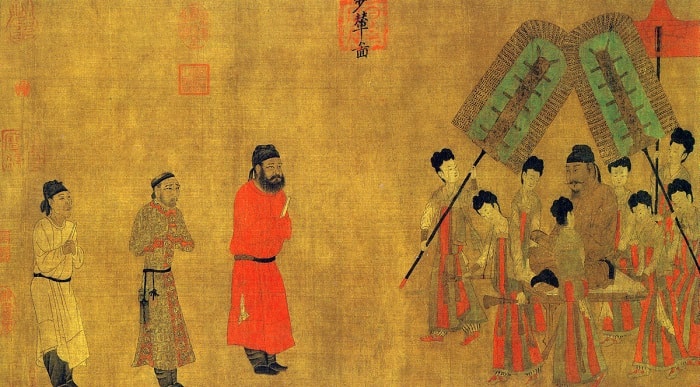
The Great Wall of China was quite an effective defense against tribes in the north when it was filled with troops. It was also an effective marking system. The communication towers, 11 miles (18 km) apart, enabled any messages to be transmitted by smoke during the day and fire at night to be sent across the wall within 24 hours.
The main flaw of the wall was that it required a large number of soldiers to defend because of its enormous length. In times when internal conflicts forced soldiers and as well as budgets, it was difficult to provide sufficient manpower and the wall was mostly ineffective. A few years after the end of the Qin dynasty, when the Hsiung-nu managed to cross the Great Wall, they had to be fledged by giving grain, wine, and silk.
The Han Dynasty emerged from the chaos after the fall of the Qin Dynasty, and they effectively protected the Great Wall of China. However, after the fall of the Han Dynasty, the northern tribes ruled all of North China for the next four centuries. The Great Wall was reinforced again by the Tang dynasty in the 7th century AD.
At the beginning of the 8th century, the Great Wall of China prevented Genghis Khan from entering the country during the Song dynasty. In the 14th century, the Great Wall of China was rebuilt extensively by the Ming Dynasty. The parts seen today are mostly from this period. When the Manchus (a Turkish and Mongolian neighbor) took over China in 1644, the wall had no military significance. The empire had now expanded to the north of the wall, and China’s new enemies would come from a different direction: that is, the sea. Today, the Great Wall no longer plays any role in China’s defense system but has become a national icon.
When was the Great Wall of China built?
The fascinating Great Wall of China lays like a giant snake along China’s northern borders after ten years of efforts that cost the lives of thousands of workers. Following the natural folds of the land, the wall continued from the Yellow Sea to the west over the mountains, deserts, and farmlands to the Tibet border.
The wall was built on the orders of Shi Huangdi, who was the first Emperor of China and used the power of the Qin state he led to overthrow and unite other Chinese states under his rule. In 214 BC, the emperor sent his commander Meng Tian, along with 300,000 workers and many political prisoners, to the northern borders of the empire to start construction and build a series of fortifications.
There were already hundreds of miles of walls remaining from the independent states of China, some were from the 4th century BC. The task of Meng Tian and his engineers was to reinforce or rebuild these structures, add watchtowers, and lay an additional 500-mile (800 km) wall to connect the towers and unify the whole wall.
The construction progressed at a relentless speed, and new teams of workers constantly joined the building craze. The cost of building the Great Wall of China was very high for human life, and this cost had to be paid by the villagers brought to the region from all over the country. At least two people from a family of five were taken to work on either the construction of the wall or equally ambitious government projects. Families have become unable to take care of their children, operate their farms, or take care of their animals due to a lack of labor. Criminals, sentenced for heavy duties in the construction of the wall, were chained and carried hundreds of kilometers northward. Some of them fell from fatigue before they even reached the wall.
People buried in the wall
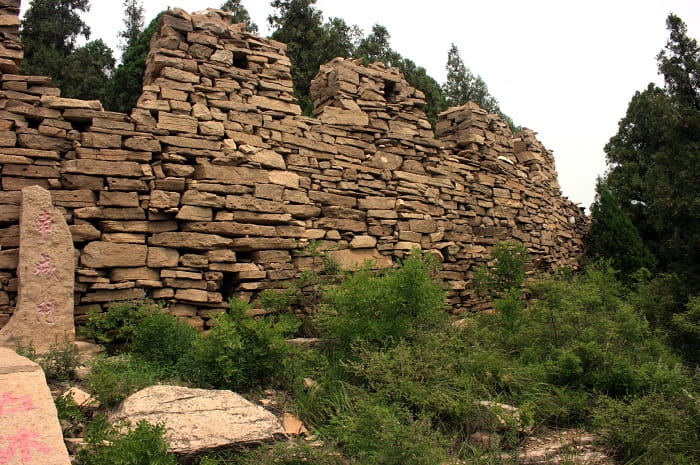
Most of those who were forced to work died while walking to the construction site. Those who managed to survive the trip were sheltered in poor camps and operated under temperatures ranging from 95°F (35°C) in the middle of the summer to -5°F (-21°C) in the winter.
The food was minimal. In the barren land, crops could not be grown; the goods had to be brought from incredible distances with caravans or carried in the opposite direction of the fast-flowing river streams. Most of the food that is being transported was stolen on the road by bandits or consumed during the journey. Once, 182 loads of grain were sent from the Shandong Peninsula, but only one reached the construction site. Death rates among the workers were already high, but they went up even more because many of them were malnourished and there were fights between workers and their foremen.
People who died of exhaustion, injury, or hunger were thrown into the foundation pit or buried directly in the wall. This was done to protect against the evils of the north, which were thought to be angry that these huge walls were being built.
The Great Wall of China heads to the west
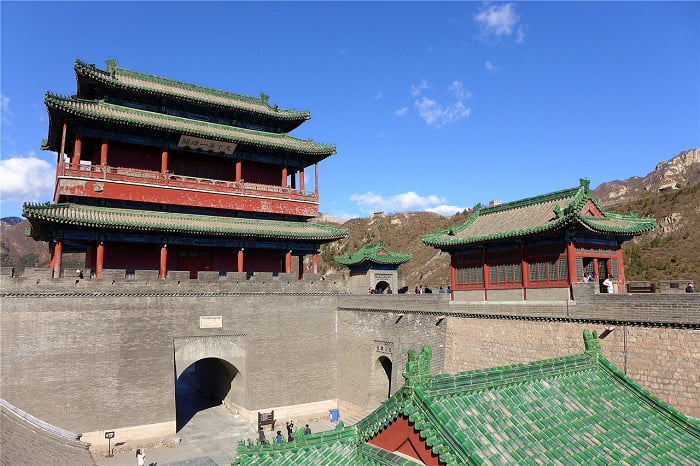
Construction crews started from the northeast and moved west. First, the watchtowers were built. Most of them were 40.3 ft (12.2 m) high on a 1.614 ft2 (150 m2) base, and the distance between them was never more than two arrow shots. This way, no part of the wall would be outside the range of the archers. Also, these towers were positioned in strategic locations as much as possible, such as on hills or valley entrances. A 20-foot (6-meter) high wall stood between the bastions to keep out potential invaders and evil beings that the public feared.
Workers laid the foundations with granite blocks in rocky places. Some of these were 14.1 ft (4.33 m) to 3.1 ft (1.22 m) in size. An outer frame of brick or stone was built on these blocks. It is said that the grout used in some parts of the wall was so hard that it was not possible to drive a single nail. The soil and rubble were used to fill the gap in the middle of the wall. The carts pulled by oxen, the wheelbarrows, and the donkeys with panniers carried all these materials from the surrounding areas.
Wall builders had to deal with different problems in each region. At the east end, a short distance of the wall had to extend to the sea near a town called Shan Hai Kuan. To form a foundation for this section, they loaded the boats with giant rocks and sank them. The middle part of the wall passed through the fertile Ordos region, where the warrior Hsiung-un tribes (the Eastern Huns) lived. Before the construction began, they had to remove these nomadic tribes.
In some areas, the hills that the wall had to overcome were so steep that the stones could not be carried by carts or wheelbarrows. In this case, workers had to carry 110-pound (50 kg) loads on their backs or in baskets attached to a pole. In narrow pathways, they took the materials from hand to hand by forming a human chain.
Rocks that were too heavy for a person to carry were rolled on stumps or slowly pushed up steep slopes with levers. In some areas where the wall passed, there were such cliffs that the next generations of people did not believe that people carried the construction materials; they suggested that goats must have been used.
A great wall against the nomads

Many parts of the wall were built in thin yellow loess-type soil areas, which are not suitable construction materials. The masons mixed the soil with water and poured it into wooden containers, so they built the walls with adobe blocks. In some regions, the soil is dug up and a strip of loess is left as a wall. These sections of the Great Wall of China were less durable than those built on the rocky areas in the northeast of the country. In the sands of the Gobi Desert, the wall was built with sequences of sand gravel, desert grasses, and wild branches.
After the Great Wall of China was completed and the guards were placed in their spots, it became a truly impenetrable set. A small garrison could be placed in each of the thousands of bastions built along the wall, and it was possible to store supplies that would resist a four-month siege when needed.
The Chinese Empire and its northern warrior nomad neighbors now shared a border. For someone looking from space, the Great Wall of China was the first sign of intelligent life on Earth.




